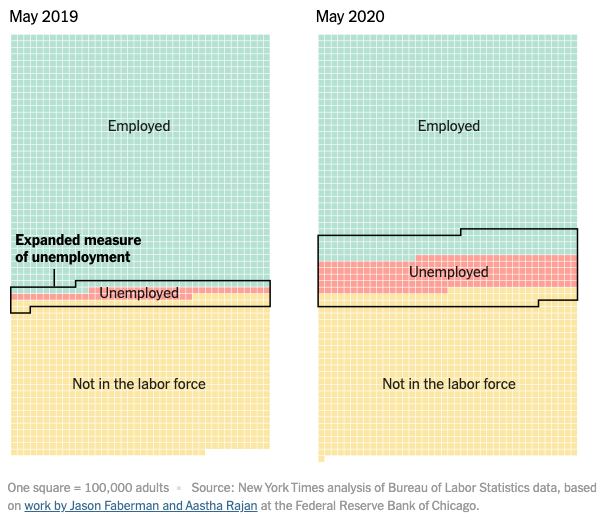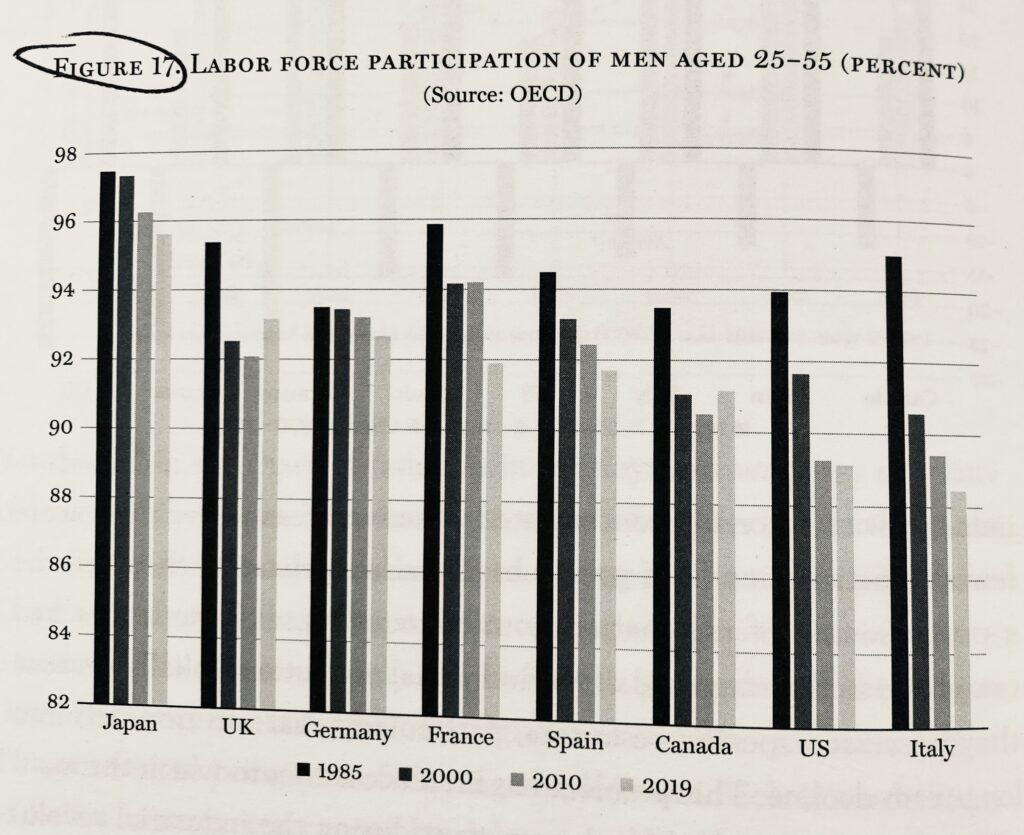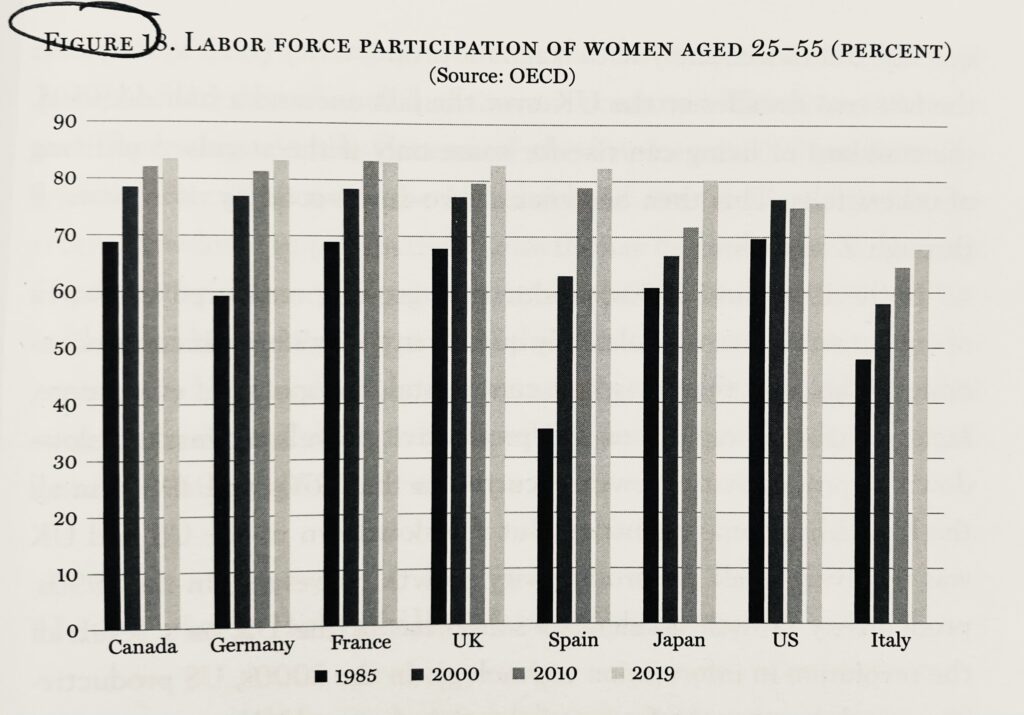Capital Theory
| Lecture handout: Capital theory* |
Textbook Reading: Chapter 6 (pp.165-197)
There is still a website containing the “Millennium Dome Collection”, but this Guardian article provides a thorough retrospective. Here is a lovely list of repurposed American gas stations.
Here is the video of the Sinclair C5 Infomercial:
- Further reading: James, D.N., 2002, “The Trouble I’ve Seen” Harvard Business Review
For more on business plan ecology, see
- Beinhocker, E.D., 2006, The Origin of Wealth Harvard Business School Press
- Moore, J., 1993, “Predators and Prey: A New Ecology of Competition” Harvard Business Review
For a book length treatment of the concept of intangible capital see:
- Haskel, J. and Westlake, S., 2017, Capitalism without capital, Princeton University Press
The lesson for economic policy in a world of intangibles is to invest in “knowledge infrastructure”, i.e.
- Education
- ICT
- Urban planning
- Public science
For a nice attempt to avoid treating intangibles as a residual, or less clear category and a meaningful attempt to conceptualise and study them see:
- Crouzet, Nicolas, Janice C. Eberly, Andrea L. Eisfeldt, and Dimitris Papanikolaou. 2022. “The Economics of Intangible Capital.” Journal of Economic Perspectives, 36 (3): 29-52.

They argue that intangibles require a storage medium, where “The medium can be a piece of physical capital, like a computer (for software), or a document (for a patent or a design), or a person (for a method or an innovation).” This need for a storage medium implies two things:
- Non-rivalry in use
- Limited excludability
They argue that, “the extent to which these properties generate a valuable intangible asset— which motivates investment—depends on the properties of the storage technology, and the resulting non-rivalry and excludability, and the institutions that enforce property rights.”
The entrepreneurial state
Some people, such as Mariana Mazzacuto, argue that states should be bolder about their role in technological innovation, and that ‘directed planning’ can improve on market outcomes. Here key work is:
- Mazzucato, M. (2013). The entrepreneurial state. London: Anthem Press.
Mark Pennington has provided a good critique of this view, however. For example:
- “she ignores the opportunity costs of the spending she claims was partly responsible for innovation and growth”
- [she] “fails to recognise that those elements of public spending that may have generated benefits were not ‘planned’.” (Indeed they “appear to have been unintended or accidental consequences emerging from essentially random spending in the defence sector”).
In conclusion, “the Mazzucato case for state-based experimentation… is the suggestion that if governments commit to spending enough public money on their favoured projects it would be remarkable if none of this expenditure did any good. Yet, this position hardly amounts to an endorsement of the transformational potential of the state.”
Microclimate
When talking about macroeconomics I think it’s important to distinguish between the overall economy and the circumstances of an individual firm. We can’t always assume that macro conditions are felt the same by each company within it. I explain more in this video:
Unemployment and the labour market
This article from the New York Times has a great visualisation of how unemployment is measured.

The most striking fact about labour markets over recent years is the decline in labour force participation across the developed world:

By contrast, labour force participation of women has increased:

Martin Wolf believes this is due to the following main factors:
- Declining fertility (due to lower infant mortality and, perhaps, seat belt laws)
- Lower household maintenance costs
- Declining relevance of physical strength for productive activity
- Rise of the service economy
But notice how, in the US, the prime-age female participation rate has in fact fallen from 2000 to 2019. These images are from: Wolf, M., 2023, The crisis of democratic capitalism, Allen Lane, p. 96.
| Learning Objectives: To understand what capital goods are
Spotlight on sustainability: Look at instances where resources have been reconfigured for alternate uses |